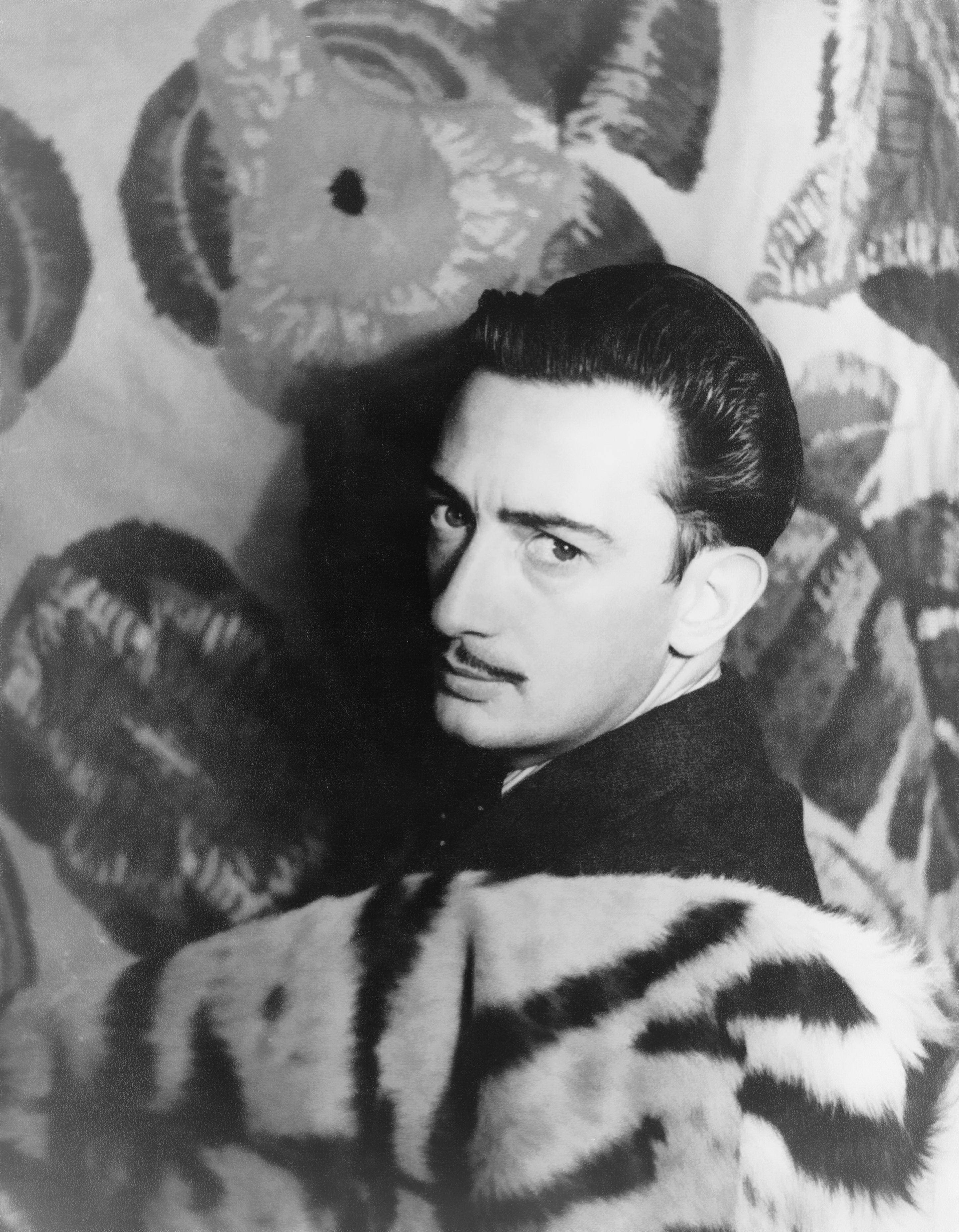Surrealist Architecture: Dalí’s 1958 Crisalida, San Francisco
Abstract
A giant cocoon, big enough to walk uphill through, leading you to a serene elevated location was, for decades, one of the least known completed architectural projects of twentieth century surrealism. Designed by Salvador Dalí, this sixty-foot (18m) chrysalis, silken, ribbed, glowing, and breathing, dwelled in San Francisco for a few weeks in the summer of 1958, inside the halls of the convention centre hosting the American Medical Association’s annual conference. Commissioned to promote the anxiolytic medication Miltown, the ascending interior journey through the Crisalida had images on the walls. The two longest inside walls were floor to ceiling, backlit, plexiglass panels, with paintings designed by Dalí and painted by the workshop. Each side depicted four figures journeying from anxiety to serenity, from colloids with holes to flowers and butterflies.
Crisalida intersects with Dali’s mid-career work on resurrection and metamorphosis, and his long interest in biomorphic architecture. This essay will argue that both the interior’s illustrations and the building itself, were explicitly therapeutic, an optimistic rendering of the recuperative effect of Miltown.
Also, by reviewing the 1920s dispute between constructionalist and anti-constructionalist theories of paranoia, I locate Andre Breton on the constructionalist side, and Dalí with Jacques Lacan on the anti-constructionalist side. Constructionalism ably explains spontaneous and automatist artistic acts like Dalí’s earliest surrealist painting and the architectural assemblages Breton applauded. However, the conscious, meticulous craft of Dalí’s 1930s paranoiac-critical paintings, and the intricate fabrication of the Crisalida, required anti-constructionalist paranoia to anchor it to the surrealist project. The Crisalida then stands as an exemplar of an unrecognised branch of architectural surrealism that is free from the procedural limitations of automatism and assemblage, and that can act not only as revelation of the unconscious, but as its cathartic transformation.

